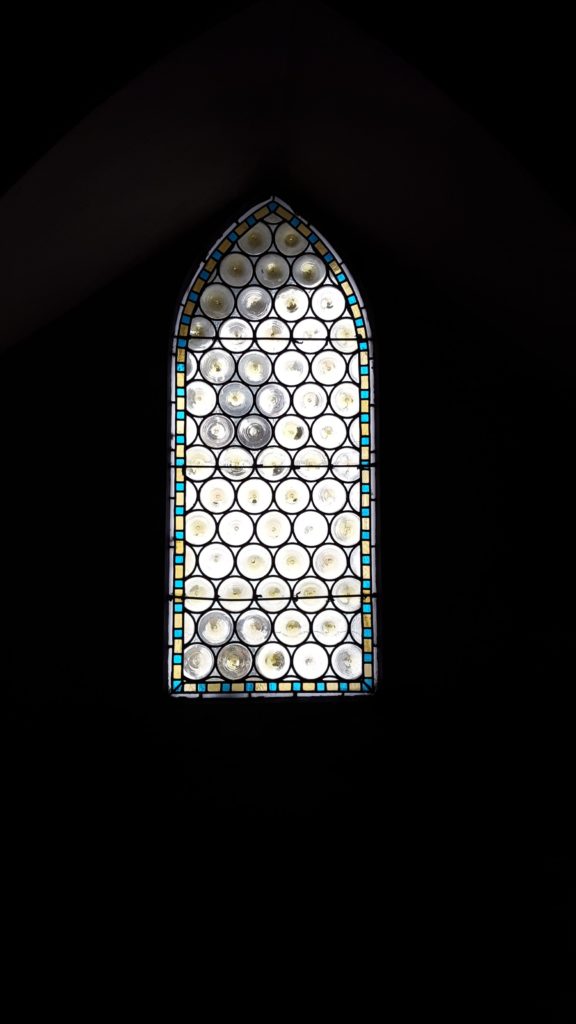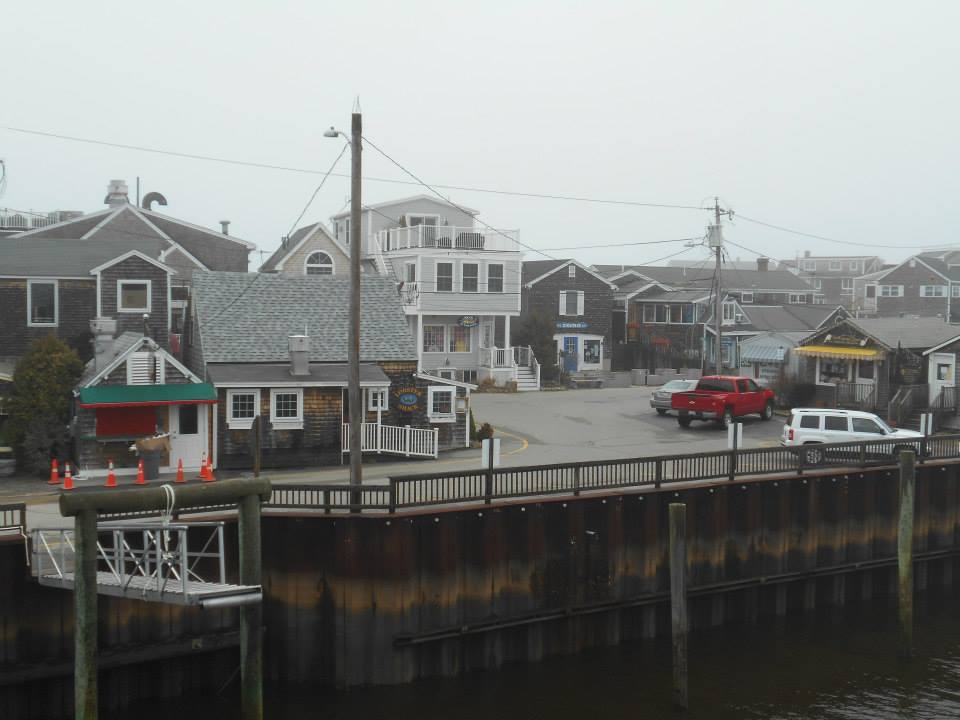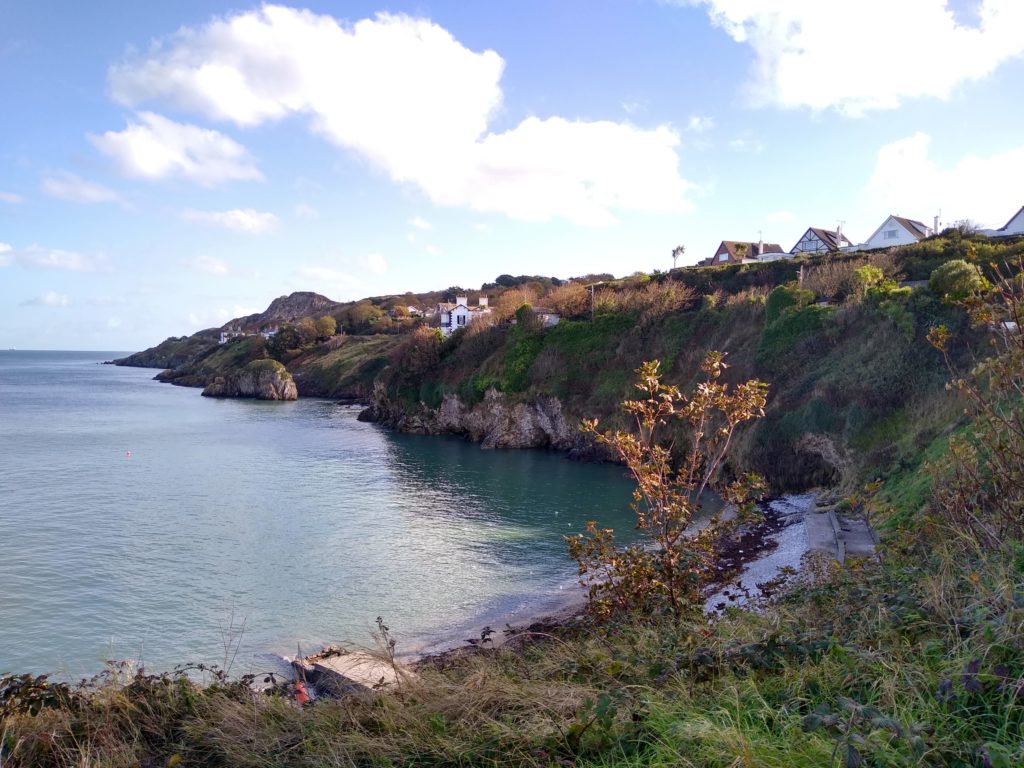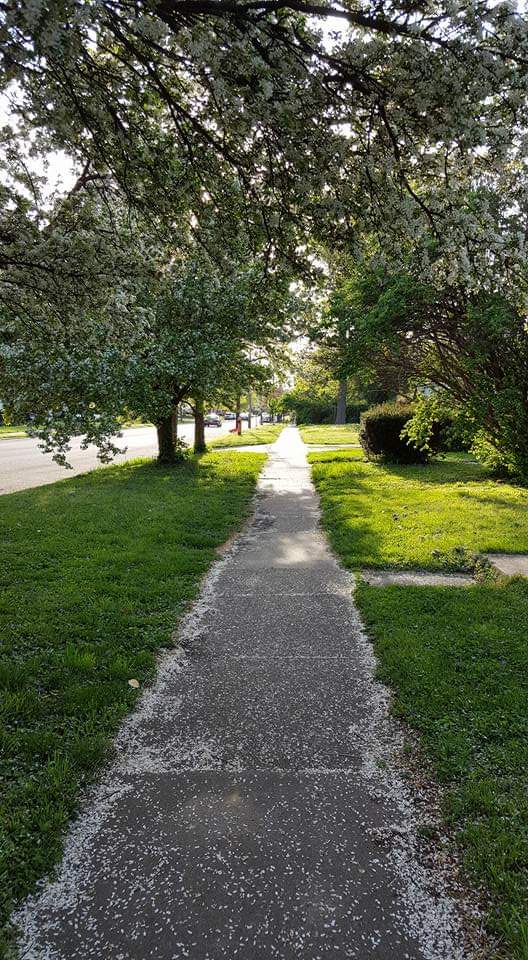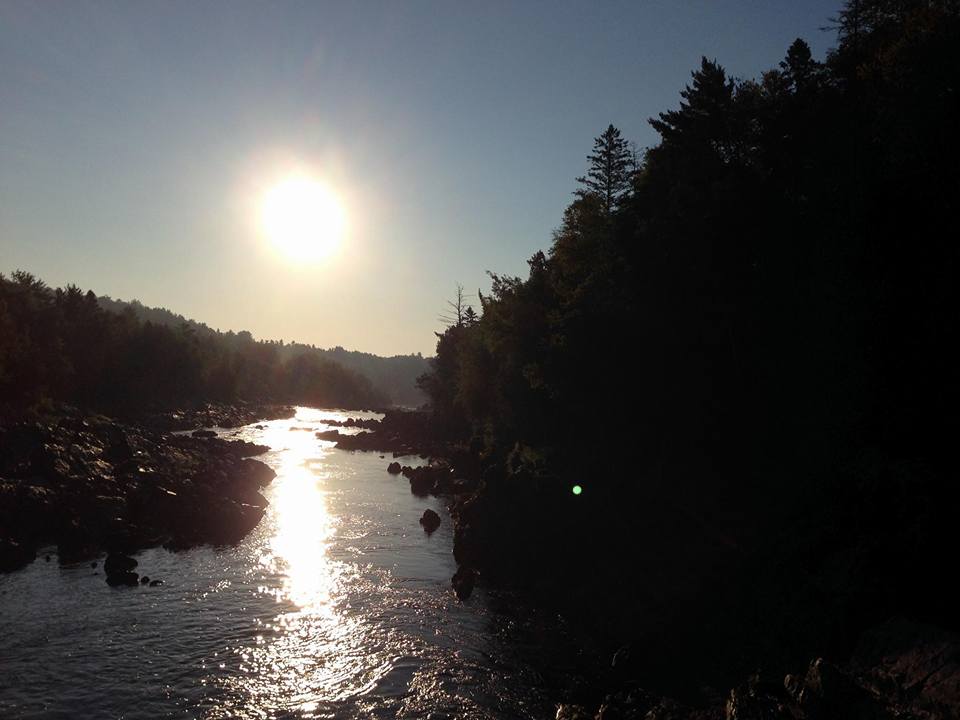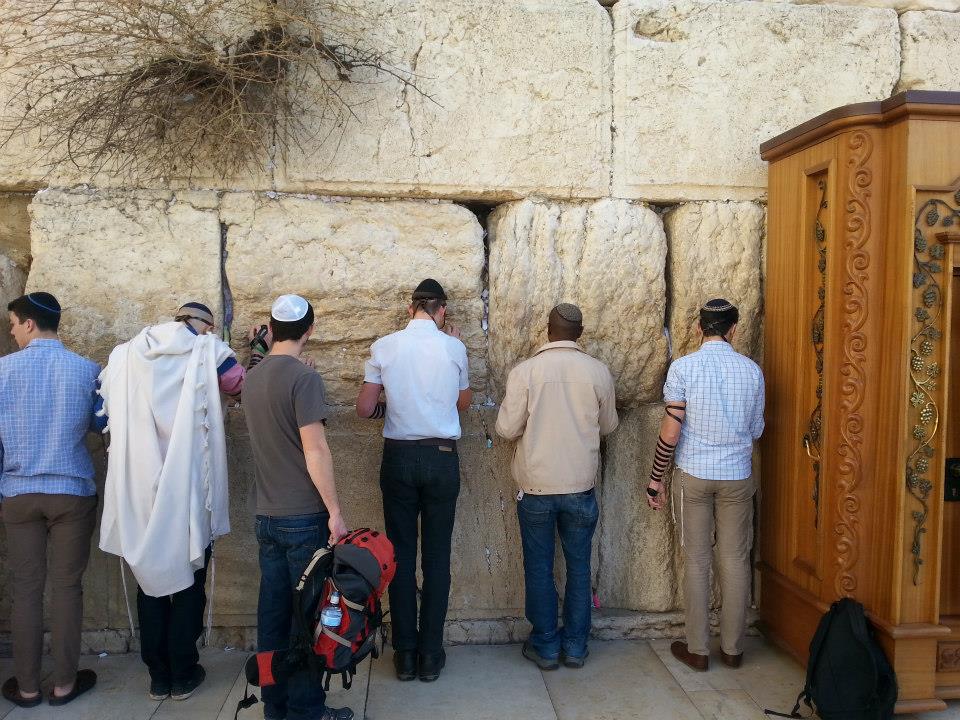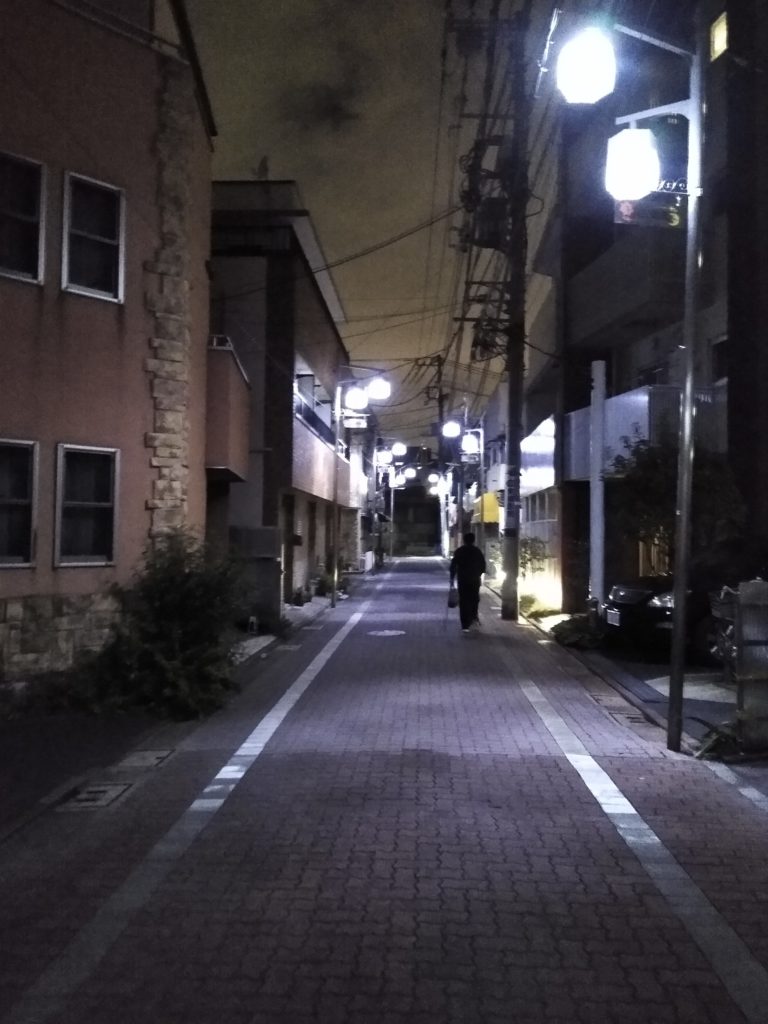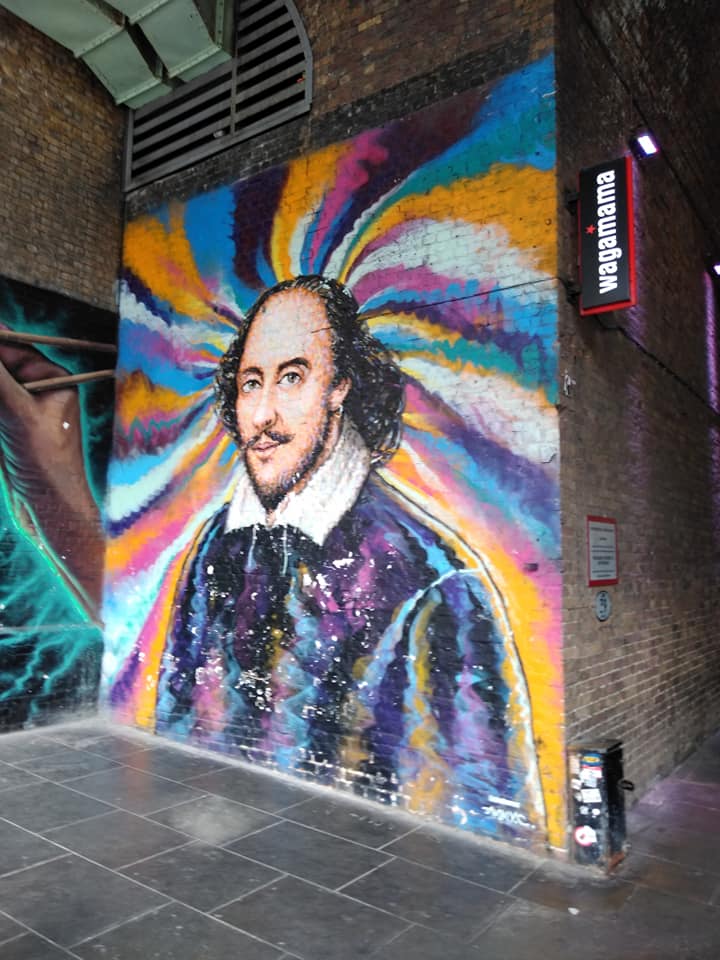
Travel Journal, 62
I’ve spent too much time watching Dr. Who and Mr. Bean. My mind drifts to police boxes and meat pies, stone roads and Piccadilly Circus, to Harry Potter and words like “blimey.” It is easy to think about the Queen drinking afternoon tea and live performances of Shakespeare. And everybody acts like a Monty Python skit.
Yes, my perception of London pretty much sums up every American’s perception of London. It’s the default setting. Now, I am not saying that there is anything wrong with that. In fact, many of the stereotypes I think of are true. You can, truly, get an incredible meat pie in London. British humor does differ from American humor. You may actually hear somebody say “blimey.” And there are daily performances of Shakespeare.
But beware.
This perception, my perception, is easily challenged.
London is an international city. Some compare it to New York. But, in my opinion, London more so contains the typical melting pot presumed of the Big Apple. London encapsulates the globalization of the future—a globalization far ahead of America. And even though the UK no longer aligns itself with its long-time EU partners, the vast cultural differences in London will never change or leave.
Nowadays, it’s easier to get shawarma than meat pies. Bangers and Mash? How about a curry instead? Don’t get me wrong, iconic English treats and culture have not disappeared. And iconic London sites like the Shakespeare Globe and Tower Bridge encapsulate everything English.
But take a side street. Perhaps listen closely to conversations. Glance at the restaurants. Scour the outdoor markets. Talk to the person next to you in the Tube. Ask your cabbie where he’s from. Take it all in, and learn.
For London is more than just a tin of biscuits.
London is the world.
anthony forrest
